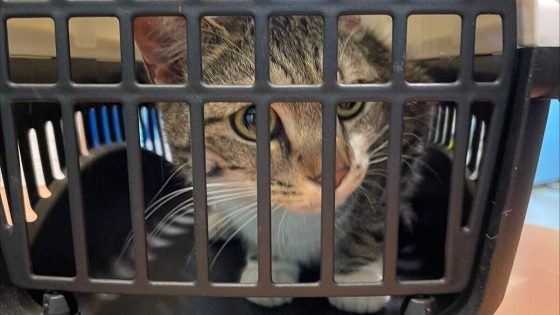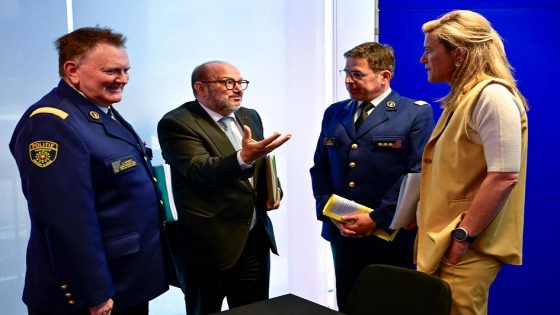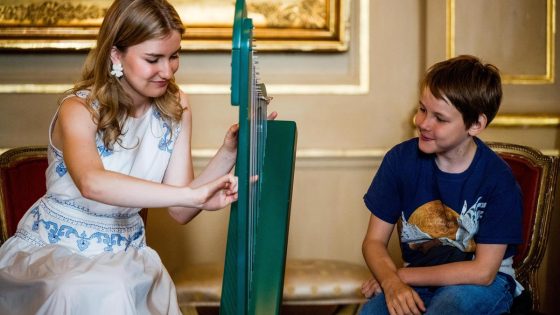Concerns over animal welfare sparked a police intervention in Antwerp’s Merksem district on 2025-07-12 17:38:00, after a young cat was seen wandering alone in the Melgesdreef. Neighbours reported that the cat’s owners had been abroad for a month, raising alarms about the kitten’s care.
- Neighbors alerted police about stray kitten
- Police found no one caring for kitten
- Kitten taken to vet and animal shelter
- Owners deny neglect, provide care proof
- Owners claim police didn't verify claims
- Caretaker retrieved kitten from shelter safely
The local police team investigated and found no one looking after the cat. They took the animal to a vet for a health check and then transferred it to a shelter for proper care. This incident led to a formal report being filed concerning animal welfare.
However, the cat’s owners strongly dispute these claims from abroad, stating that two regular pet sitters cared for their pet daily. They also mention having evidence, including video footage from a Ring doorbell, proving the cat was well looked after. This raises the question: was the police response fully justified? The fast answer follows.
Does this case reveal a breakdown in communication between neighbours, police, and pet owners? It certainly underscores the challenges authorities face in verifying animal care remotely. Key points include:
- Neighbours’ well-meaning but possibly mistaken intervention
- Police procedures in responding to animal welfare reports
- Owners’ ability to provide proof of care from abroad
- The role of technology, like doorbell cameras, in resolving disputes
Going forward, clearer communication channels and verification methods could help avoid similar misunderstandings. How can Belgian authorities balance swift action with thorough checks? This case may prompt improvements in protocols for animal welfare investigations.
































